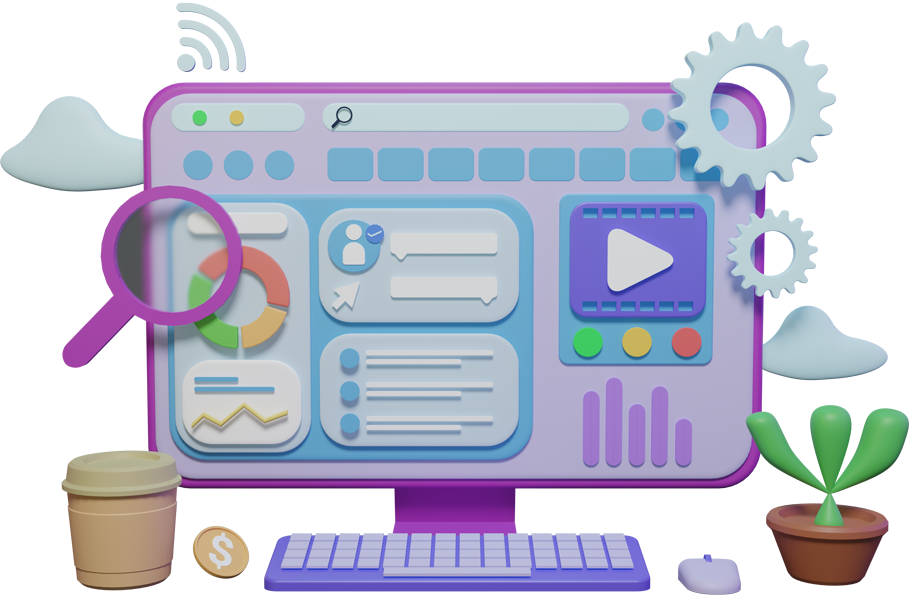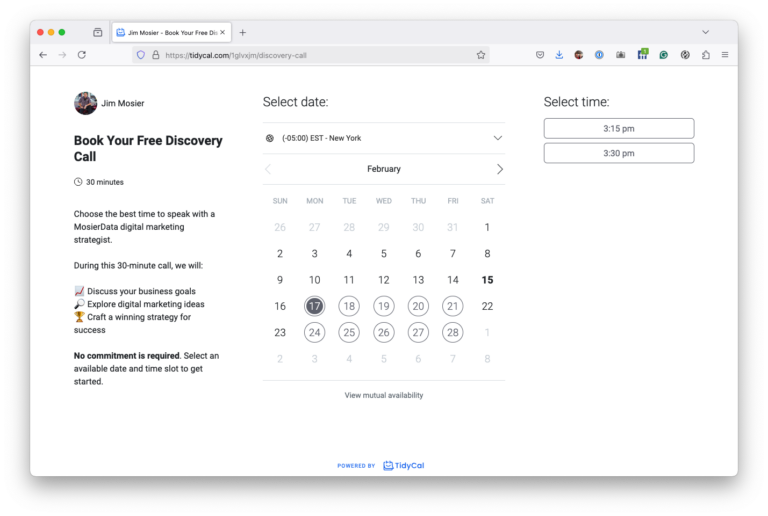Your marketing department probably has an SEO expert on staff, or you have hired one to make sure that your company’s website gets consistently high search engine rankings by using the right combination of keywords and content. You’ve made the right investment in SEO, maybe even PPC ads, but those investments won’t yield conversions if your website is poorly designed.
In order for your SEO campaign to be truly successful, you need to be focused on the usability of your site as well. Frustrated users do not make eager customers. Your web design and architecture need to make the user experience enjoyable and easy; if not, you won’t see the SEO results and conversions you were expecting. Let’s take a look at how you can ensure that your website enhances SEO.
The main way that a poor website design can hurt your SEO is through bounce rate and the bouncing back of the user to the search engine results page (SERP) from which they arrived at your site. These two occurrences will lower your ranking with search engines such as Google and Bing. Here are some ways that you can minimize your bounce rate and increase conversions in the process.
If your website takes too long to load, you can count on your bounce rate remaining high. The average internet user has the attention span of a fruit fly in 2019 and is not willing to wait for images or video to load, let alone your website. To keep a potential customer engaged with your website, you need to reduce large image and video files to a reasonable size, so it doesn’t extend load time. You should also be sure the web host you are using can handle the volume of your website and has fast load times. Using a discount site host isn’t going to give you the results you want.
You may think a fancy font with tails and curves will make your website more attractive, but in reality, fanciful fonts are just hard to read and frustrate users. If a visitor to your site has a vision issue, it is doubly as likely they won’t stay for long. Studies have found that serif fonts are among the easiest to read and should be considered in your site design. If a user can quickly and easily read content and find what they want, they are more likely to convert into a customer.
No one, no one, likes pop-ups; even when they are useful. Be sparing with the number of pop-ups you use, if at all. Having a pop up appear as soon as a visitor arrives at your site is sure to drive them away instantly. There is no set rule for the amount of time that should pass before a pop up appears, so proceed with caution.
Having poorly worded, dull, or hard to understand content will drive customers away from your website. Don’t use insider jargon that only a small percentage of the population understands. Yes, people want to feel as if they are insiders, but don’t use technical language that could alienate them.
Be sure your content matches the title of your page and keywords. Search engines will penalize for using unrelated content; in addition, it confuses website visitors who will then bounce.
Use clear and concise language in your content so that users don’t become fatigued or confused. Having to read five paragraphs to find something that could be said in one is never a good idea. Users won’t be impressed with your writing skills and will visit another site where they can more easily find what they are looking for without the frustration.
If you follow these guidelines, not only will your website not hurt your SEO efforts, it will bolster them.

